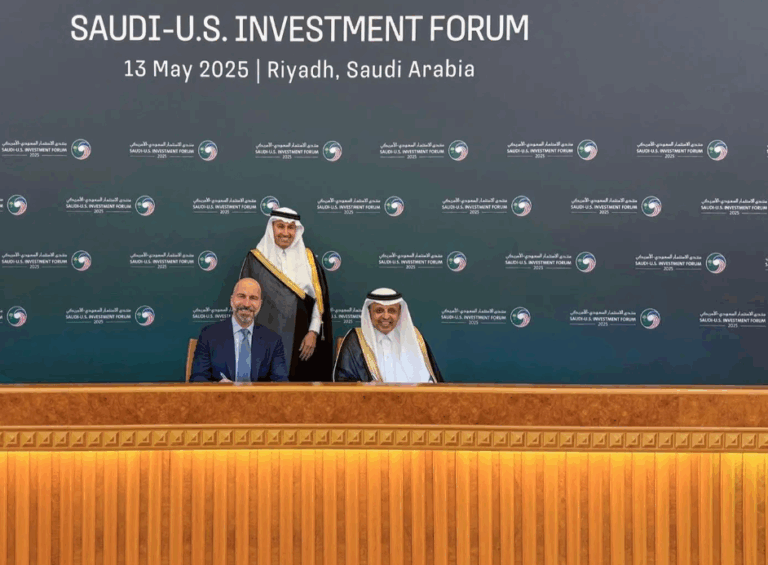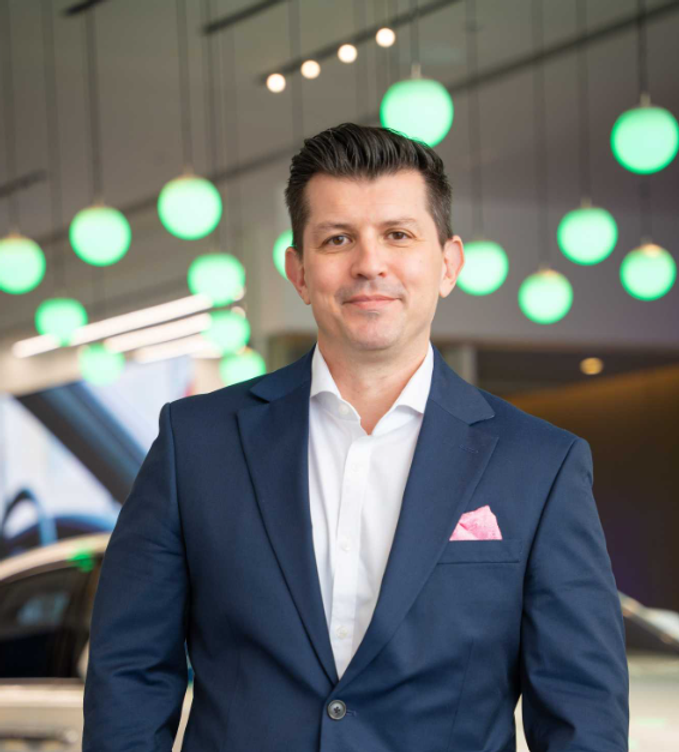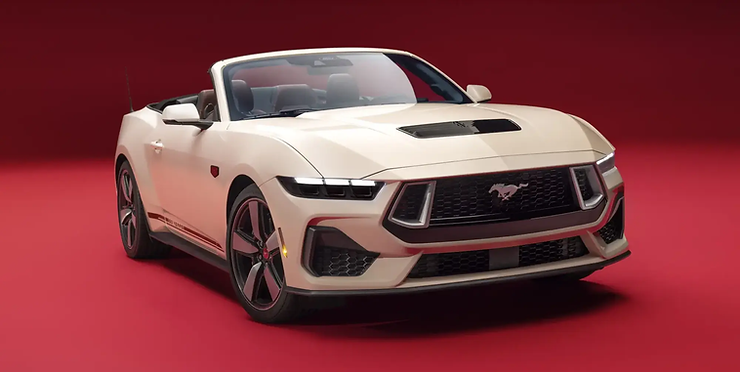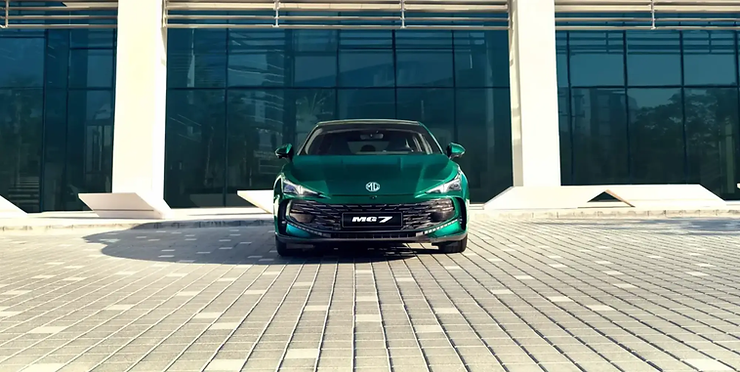**Título:** Pilares del Legado Rolls-Royce
**Intro:** Desde Claude Johnson, el visionario que consolidó el mito de la marca con el Silver Ghost y el Espíritu del Éxtasis, hasta Torsten Müller-Ötvös, impulsor de la era eléctrica con Spectre, cuatro líderes definieron el ADN de Rolls-Royce. Sus innovaciones y audacia transformaron un taller en sinónimo de excelencia automotriz.
**Factbox:** Claude Johnson (“guion” 1906-26): Silver Ghost; Espíritu del Éxtasis. Torsten Müller-Ötvös (2010-23): Cullinan; Spectre eléctrico. Actual CEO: Chris Brownridge (ex BMW UK).
**Claude Johnson: The Hyphen in Rolls-Royce (1906–1926)**
Claude Goodman Johnson, often overshadowed by founders Charles Rolls and Henry Royce, was the visionary who transformed their engineering marvel into a global luxury icon. Appointed as the first Commercial Managing Director of Rolls-Royce Limited, Johnson’s genius lay in his ability to blend artistry with commerce. Recognizing the need for a compelling narrative, he rebranded the 40/50 H.P. model as the **“Silver Ghost”** in 1907, a name evoking ethereal silence and reliability. This model’s legendary 14,371-mile endurance run—virtually faultless—cemented Rolls-Royce’s reputation for unrivalled quality.
Johnson’s marketing prowess extended to creating the brand’s most enduring symbol: the **Spirit of Ecstasy**. Initially a personal mascot for a customer, Johnson persuaded the perfectionist Henry Royce to adopt it as a standard feature. The figurine, designed by sculptor Charles Sykes, became synonymous with aspiration and exclusivity. Under Johnson’s leadership, Rolls-Royce transitioned from a fledgling automaker to a byword for luxury, with his relentless focus on craftsmanship and customer experience laying the foundation for the marque’s century-long prestige.
—
**Ernest Hives: The Architect of Aero Engineering (1924–1957)**
Ernest Walter Hives’ journey from chauffeur to Chairman epitomizes Rolls-Royce’s meritocratic ethos. Starting as Charles Rolls’ driver, Hives’ mechanical aptitude propelled him to lead experimental engine testing. His crowning achievement was steering Rolls-Royce through the **aero-engine revolution**. During WWII, the company’s **Merlin engine** powered iconic aircraft like the Spitfire and Lancaster bomber, playing a pivotal role in Allied victory.
Post-war, Hives masterminded the company’s bifurcation into **automotive** and **aero-engine divisions**, ensuring survival amid economic uncertainty. As Managing Director (1950–1957), he championed innovation, overseeing the launch of the **Silver Wraith** and **Silver Dawn**, which blended traditional elegance with modern engineering. Hives’ legacy endures in Rolls-Royce’s dual identity: a luxury automaker and an aerospace titan.
—
**Frederick “Doc” Llewellyn Smith: The Modernizer (1945–1967)**
Tasked with revitalizing Rolls-Royce’s post-war automotive division, Frederick Llewellyn Smith—affectionately dubbed “Doc”—spearheaded the transition of the Crewe factory from wartime production to civilian excellence. His foresight recognized the need for contemporary design in an evolving market. The **Silver Cloud** (1955) and **Silver Shadow** (1965) emerged under his tenure, with the latter marking a radical shift to **monocoque chassis construction**, enhancing performance and comfort.
Doc’s leadership extended beyond engineering; he cultivated Rolls-Royce’s bespoke ethos, allowing clients to customize vehicles to their whims. His retirement in 1967 closed a chapter defined by modernization, ensuring the brand remained relevant amid societal and technological shifts.
—
**Torsten Müller-Ötvös: The Custodian of Contemporary Luxury (2010–2023)**
Torsten Müller-Ötvös’ 14-year tenure as CEO heralded a renaissance for Rolls-Royce. Embracing bold innovation, he expanded the portfolio with the **Cullinan** (2018), the marque’s first SUV, and the **Black Badge** series, appealing to a younger, edgier clientele. Under his stewardship, bespoke commissions reached unprecedented heights, with models like the **Phantom “Tranquillity”** featuring meteorite inlays and hand-blown glass artistry.
Müller-Ötvös’ crowning achievement was **Spectre** (2023), Rolls-Royce’s first all-electric vehicle, aligning the brand with a sustainable future. His retirement in November 2023 marked the end of an era, but his successor, Chris Brownridge, inherits a brand that, under Torsten’s leadership, doubled annual sales and redefined 21st-century opulence.
—
**Conclusion: A Legacy of Visionaries**
From Johnson’s marketing brilliance to Müller-Ötvös’ electrified future, each leader imbued Rolls-Royce with their unique vision. Their collective contributions—whether in engineering, design, or adaptability—have ensured the marque’s enduring status as the pinnacle of automotive excellence. As Andrew Ball notes, these figures are not mere footnotes but the “hyphens” connecting Rolls-Royce’s storied past to its boundless future.
**15 FAQs on Rolls-Royce’s Influential Leaders and Brand Evolution**
1. Why is Claude Johnson celebrated as “the hyphen in Rolls-Royce,” and how did his leadership (1906–1926) establish the brand’s global luxury identity through innovations like the Silver Ghost and Spirit of Ecstasy?
2. How did Ernest Hives transition from serving as Charles Rolls’ chauffeur to leading Rolls-Royce’s aero engine division, and what was his role in splitting the company into automotive and aerospace operations?
3. What challenges did Frederick “Doc” Llewellyn Smith overcome to convert Rolls-Royce’s Crewe factory post-WWII, and how did models like the Silver Shadow redefine the brand’s postwar automotive legacy?
4. Under Torsten Müller-Ötvös’s leadership (2010–2023), how did Rolls-Royce embrace modernity with models like the Cullinan and Spectre, its first all-electric vehicle, while expanding Bespoke customization?
5. How did Claude Johnson’s marketing genius lead to the creation of the Spirit of Ecstasy mascot, and why does it remain a symbol of Rolls-Royce’s prestige today?
6. What strategic decisions did Ernest Hives make during his tenure to solidify Rolls-Royce’s reputation in both automotive excellence and critical aero engine innovations during wartime?
7. How did Frederick Llewellyn Smith’s introduction of the Silver Cloud and Silver Dawn models cater to evolving consumer demands in the mid-20th century luxury automotive market?
8. What role did Torsten Müller-Ötvös play in expanding Rolls-Royce’s Black Badge family, and how did it appeal to a younger, more dynamic clientele?
9. Why is Claude Johnson credited with coining the “Silver Ghost” name, and how did this model become a benchmark for engineering excellence in the early 20th century?
10. How did Ernest Hives’ background in experimental testing influence his leadership in advancing Rolls-Royce’s engineering innovations across automotive and aerospace sectors?
11. What post-war economic and industrial challenges did Frederick Llewellyn Smith navigate to transition Rolls-Royce from military production back to luxury car manufacturing?
12. How did Torsten Müller-Ötvös balance tradition and innovation by preserving Rolls-Royce’s heritage while launching cutting-edge technologies like the all-electric Spectre?
13. What legacy did Claude Johnson leave in Rolls-Royce’s corporate structure and branding strategies that continue to influence its identity over a century later?
14. In what ways did Ernest Hives’ leadership during WWII secure Rolls-Royce’s reputation as a critical contributor to Allied aviation technology through Merlin engines?
15. How has Chris Brownridge’s background as BMW UK’s CEO positioned him to build on Torsten Müller-Ötvös’s legacy in steering Rolls-Royce into an era of electrification and sustainability?
**CTA (Call to Action):**
*”Which of these visionary leaders do you think left the most enduring legacy on Rolls-Royce? Share your thoughts in the comments below. For those inspired to experience the pinnacle of automotive luxury firsthand, explore our [current Rolls-Royce lineup](https://www.rolls-roycemotorcars.com) or locate your nearest showroom. Stay tuned for more stories from the Rolls-Royce archives by subscribing to our newsletter!”*
**Conclusión:**
From Claude Johnson’s pioneering marketing genius to Torsten Müller-Ötvös’ bold embrace of electrification, Rolls-Royce’s history is a testament to visionary leadership. Each era brought transformative figures who balanced tradition with innovation, ensuring the marque’s status as the epitome of automotive excellence. As Rolls-Royce accelerates into an electric future with Spectre, it carries forward a legacy shaped by ambition, craftsmanship, and an unwavering commitment to perfection. The spirit of these leaders lives on in every bespoke detail, every whisper-quiet engine, and every iconic Spirit of Ecstasy leading the way.
**Agradecimiento:**
*Special thanks to Andrew Ball, Head of Corporate Relations and Heritage at Rolls-Royce Motor Cars, for his insights into the brand’s storied past. We also extend our gratitude to the Rolls-Royce archives and historians for preserving the remarkable stories of these trailblazers. Finally, to our readers: your passion for automotive heritage fuels our commitment to sharing these timeless narratives. Stay curious, stay inspired.*
—
*¿Sugerencias o correcciones? ¿Quieres profundizar en un modelo o época específica? ¡Nos encantaría escucharte!* 🎩✨





